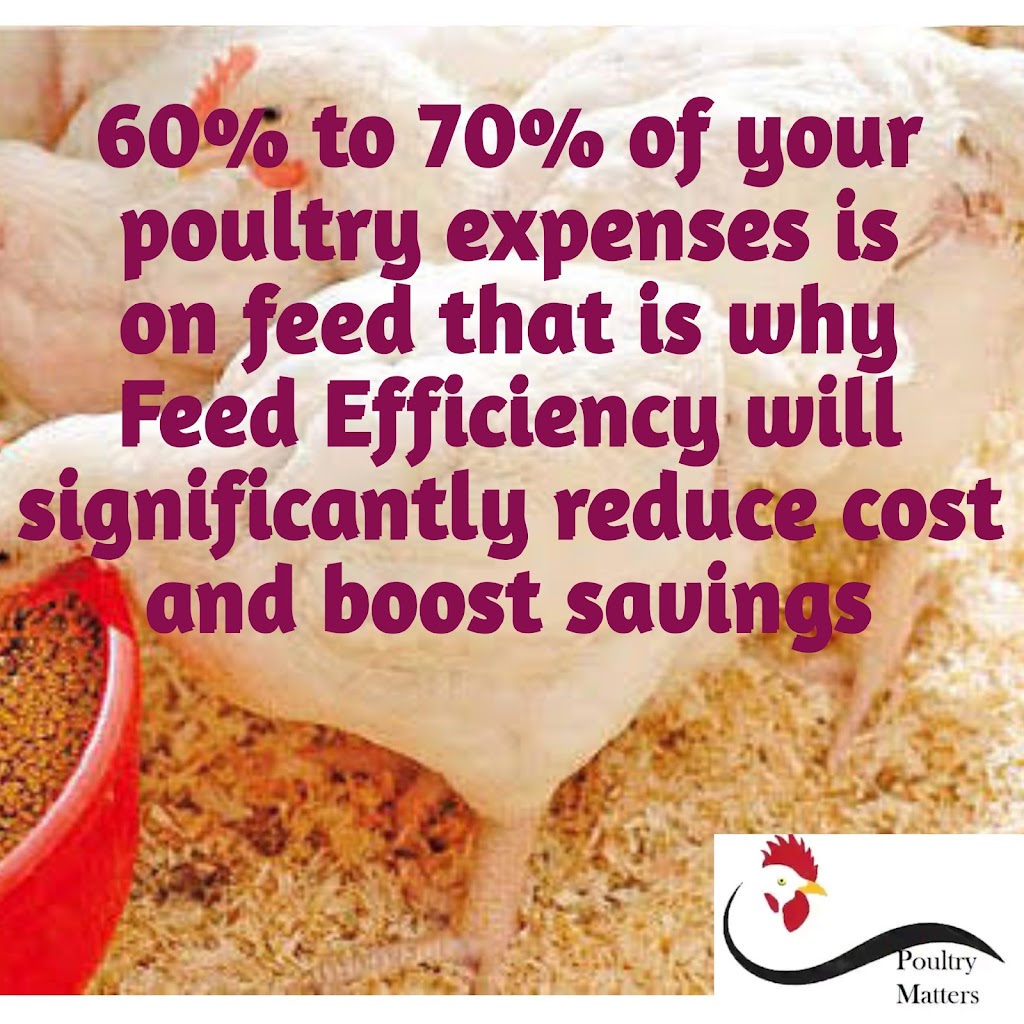Understanding Poultry Feed and Its Impact on Flock Health & Productivity
The term poultry feed refers to the food served to your poultry flock, which is a carefully formulated combination of grains (carbohydrates), proteins, essential minerals, and vitamins. The nutritional quality of the feed is critical, as it directly influences the health, growth, and productivity of the birds.
Why Poultry Feed Quality Matters
- Health Status of the Birds
The immune system of poultry birds heavily depends on a well-balanced diet. Nutritional deficiencies can weaken their resistance to diseases, making them more susceptible to infections. Additionally, several poultry diseases are linked to poor nutrition. For instance, rickets—a condition that leads to weak and deformed bones—can occur due to a deficiency in calcium, phosphorus, or vitamin D. Ensuring the right nutrient balance helps prevent such health complications and supports overall flock well-being.
- Growth Rate and Productivity
The feed quality directly affects the weight gain of broiler birds and the egg production capacity of layer birds. Poor-quality feed results in slow growth, low body weight, and reduced egg production, ultimately lowering farm profitability. A well-balanced diet ensures that broilers attain market weight within the expected timeframe, while layers consistently produce eggs of good quality and quantity.
- Maximizes Farm Profitability –
High-quality feed leads to better feed conversion efficiency (FCE), meaning birds consume less feed while achieving better growth or egg production. This reduces wastage and increases the overall profitability of the farm.
Different Types of Poultry Feed and Their Purpose
The nutritional requirements of poultry birds vary depending on age, breed, and purpose (meat or egg production). To meet these varying needs, different types of feed formulations are available:
- Starter Mash – Specially formulated for young chicks during their first few weeks of life. It contains high protein levels (18–20%) to support rapid growth and development.
- Grower Mash – Designed for birds in their growth phase, this feed provides a balanced nutrient profile with moderate protein content to promote steady development.
- Finisher Mash – Given to broilers during their final growth stage, this feed is rich in energy and protein to encourage rapid weight gain before market sale.
- Layers Mash – Specifically formulated for laying hens, this feed has high calcium content to support strong eggshell formation. It also contains a balanced mix of protein, vitamins, and minerals to maintain egg production without causing excessive weight gain.
Ensuring Feed Safety and Hygiene – Beyond serving birds the right type of feed for a bird at a particular growth stage, it is equally important to maintain feed hygiene and safety. Feed safety and hygiene refer to the measures and practices put in place to ensure that poultry feed is free from contaminants, properly stored, and nutritionally adequate for poultry consumption. It involves maintaining the quality, cleanliness, and nutritional integrity of the feed to prevent disease outbreaks, promote healthy growth, and enhance farm productivity.
Key Aspects of Feed Safety and Hygiene:
- Proper Storage – Keeping feed in a dry, well-ventilated area to prevent mold growth and spoilage.
- Contamination Prevention – Protecting feed from rodents, pests, bacteria, and toxins that can harm birds.
- Nutritional Quality Maintenance – Ensuring feed remains fresh and nutrient-rich, without exposure to moisture or direct sunlight.
- Clean Handling & Serving – Using clean feeding equipment and ensuring birds consume feed that is free from dirt or foreign particles.
- Regular Inspection – Checking feed for signs of spoilage, mold, or unusual odors before serving it to the birds.
Conclusion – Providing nutritionally balanced, clean, and safe feed is essential for maintaining a healthy, productive poultry farm. By understanding the specific dietary needs of your flock at different growth stages, you can optimize their health, improve farm efficiency, and maximize profitability.
Got any questions about poultry feed? Drop your comments below—we’re here to help!
Stay tuned for more insightful poultry farming tips.
Cheers.


